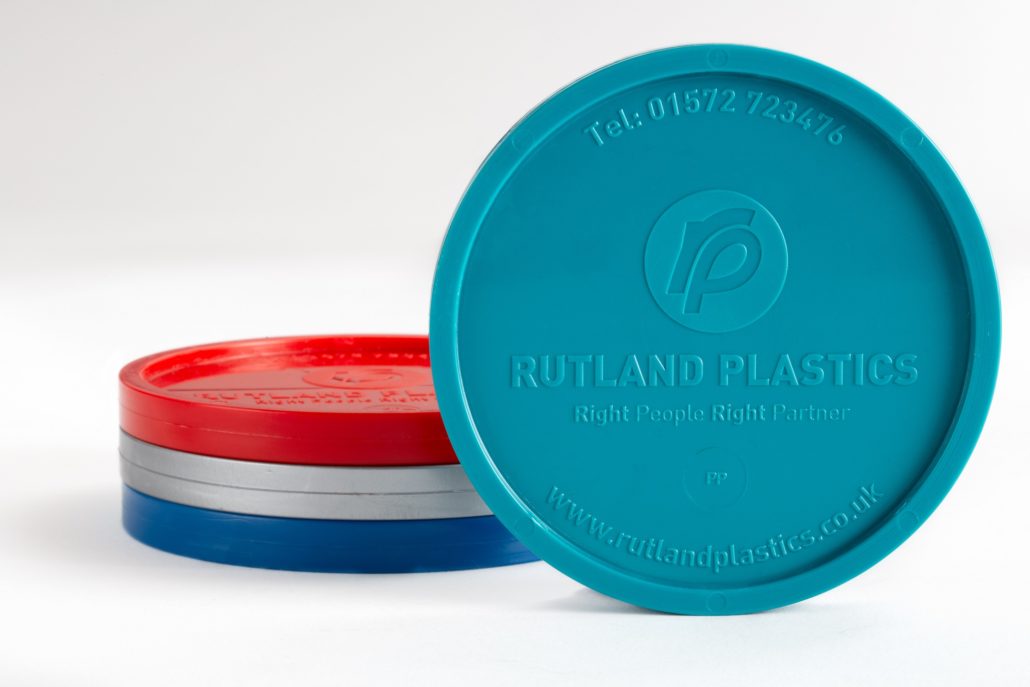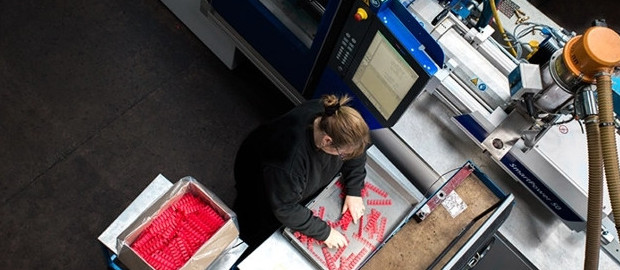
Here at Rutland Plastics, we work in partnership with our customers from initial design concept, through the injection moulding design stage using 3D CAD and Moldex3D to the making of the injection mould tool. All through that process, we share our expertise and experience with our customers and together we optimise the choice of plastic material, physical shape, ease of production, cost and performance. We have developed an interactive design guide to help the design stage of your injection moulding project.
We advocate that you take the opportunity to tap into this technical support early in the design process as it helps de-risk the project and thus avoids costlier modifications later.
The first section looks at the mould tool and specifically the different materials used in the manufacture of the mould tool, the expected life of a mould tool and some of the factors that can affect mould tool life.
The second section of the guide gives a quick overview of different thermoplastics, their properties and typical applications. The choice of thermoplastics material is crucial to the end result as is the quality of the source material. Rutland Plastics have held ISO9001 for decades so you can be assured that we only source and use the highest quality materials and only use the specification agreed upon with the customers.
The third section has an interactive tool that will calculate rib width relative to wall thickness. Ribs can be used to increase the stiffness or strength of a component without increasing the overall wall thickness and weight of the component.
The penultimate section covers design for economy and the environment. There are two areas of cost consideration in designing for injection moulding: the design of the part to minimise production costs and the design of the part to minimise tooling costs. Injection moulding is a heat process and plastics are poor conductors of heat. With this in mind, the aim should be to keep sections of parts as thin as possible, this will not only mean shorter moulding cycle times but also less raw material content and energy requirements in production.
The final section outlines a few common defects As with all manufacturing processes, injection moulding defects can occur, but with the right design for manufacture from the start, these issues can be prevented.
With over 65 years of experience in injection moulding, we have in-depth knowledge of every aspect of plastic injection moulding. We have created our own design guidelines to help with the design for manufacture process, which are available on our website.

RECENT POSTS
Free design guide

"*" indicates required fields







